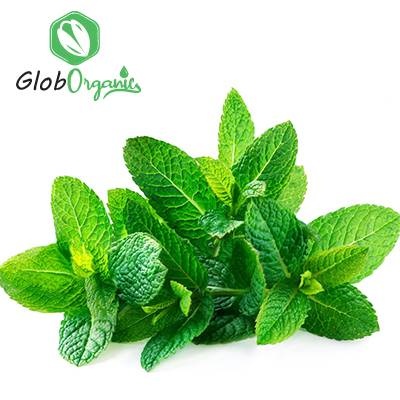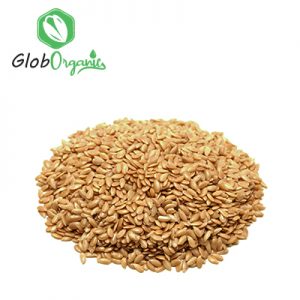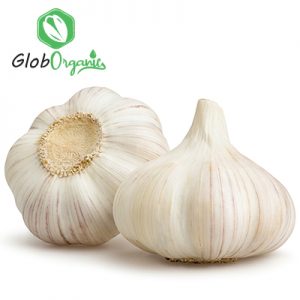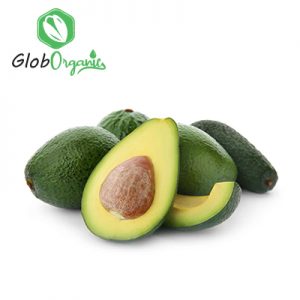Description
Peppermint is an aromatic herb in the mint family. It’s a hybrid mint that’s a cross between spearmint and watermint. It can be found naturally in North America and Europe.
Peppermint essential oil can be extracted from the leaves of the peppermint plant and is used for a variety of different purposes.
Read on to discover more about the forms of peppermint oil, its uses, and potential health benefits.
Peppermint oil uses
Peppermint oil has a wide variety of uses. For example, it can be used as:
- a treatment for a variety of conditions, including irritable bowel syndrome (IBS), nausea, and other digestive issues, as well as the common cold and headaches
- a topical application for relief from itching, muscle pain, and headache
- a flavoring agent in foods and in products such as mouthwashes
- a fresh, pleasing scent added to soaps and cosmetic products
Peppermint oil benefits
Records of the use of mint plants for medicinal purposes go all the way back to the times of Ancient Egypt, Greece, and Rome. So, what does modern research say about the benefits of peppermint oil?
While some of the potential benefits of peppermint oil are based off of personal testimony, research is ongoing into its health benefits. We’ll explore some of that research below.
For pain
Wintergreen oil and menthol have been used to treat pain from tension headaches, migraine headaches, and other causes.
One small studyTrusted Source looked at the topical application of a 10 percent menthol solution for migraine treatment. They found that when applied to the forehead and temples, participants had a longer duration of pain relief and less nausea and light sensitivity compared to placebo.
Another studyTrusted Source investigated the use of a treatment gel for migraines. The gel contained menthol as one of its components and was applied to the skin when a migraine began. Researchers found that there was a significant improvement by at least one severity level two hours after application.
A recent studyTrusted Source examined the effect of peppermint oil tablets on people with difficulty swallowing and non-cardiac chest pain. Over half of the participants reported an improvement in their symptoms.
For skin and hair
Peppermint oil is often used in cosmetic products. But there’s a limited amount of research into the potential benefits of peppermint when applied to the skin and hair.
A small studyTrusted Source looked at the topical application of peppermint oil and the effect that it had on chronic itching. Researchers found that a one percent solution of peppermint oil led to improvements in how long itchiness lasted and the severity of the itch.
A second small studyTrusted Source examined the effect of applying peppermint oil on the skin to reduce itching during pregnancy. Researchers found that applying a 0.5 percent solution of peppermint oil twice a day for two weeks significantly reduced itch severity compared to the control.
Another studyTrusted Source in mice compared peppermint oil to minoxidil (Rogaine) and control compounds. The researchers found that a three percent solution of peppermint oil led to growth of thick, long hair in mice after four weeks of treatment, similar to results obtained using minoxidil.
Against bacteria and yeast
Peppermint oil also has mild antimicrobial properties. Various studies have been performed to determine its effectiveness against different types of bacteria and fungi. The results have been mixed.
One studyTrusted Source found that incubating peppermint oil with several strains of Staphylococcus aureus, some of which were antibiotic resistant, inhibited the production of an important bacterial toxin. This effect was dose-dependent, meaning that the effect increased with rising doses of peppermint oil.
While this result is promising, the antimicrobial activity of peppermint oil may depend on the species of bacteria. Another studyTrusted Source found that peppermint oil showed no antimicrobial activity against a species of Streptococcus.
A studyTrusted Source from 2017 looked at the activity of several essential oils against different strains of Candida yeast. While peppermint oil did have some antifungal activity, it had the lowest activity out of all the oils that were tested.
Who shouldn’t use peppermint oil?
People who should avoid using peppermint oil include:
- People with G6PD deficiency. People with a specific enzyme deficiency, called G6PD deficiency, should avoid using peppermint as an extract or an oil in aromatherapy.
- People taking certain medications. Peppermint oil aromatherapy can inhibit an enzyme called CYP3A4, which is responsible for breaking down many different types of medication. If you’re taking any prescription medications, talk to your doctor before using peppermint oil.
- Children and babies. You should avoid applying peppermint oil to the faces or chests of babies and young children. Side effects can occur from inhaling the menthol present in peppermint oil.
Peppermint aromatherapy can also be toxic pets such as dogs and cats.
Buy in Bulk
Min.Order Quantity: 50 Pieces or 5l
Supply Ability: 2000 l per Week
Port: Casablanca /Tanger MED / Agadir
Payment Terms: L/C,T/T,Western Union,MoneyGram,PAYPAL
Packaging & Delivery
Packaging Details : 100ml, 150ml,250ml ,1l ,5l ,20l,1T plastic jars.
Delivery Time: 15 days after confirmation of all detaills and deposit





